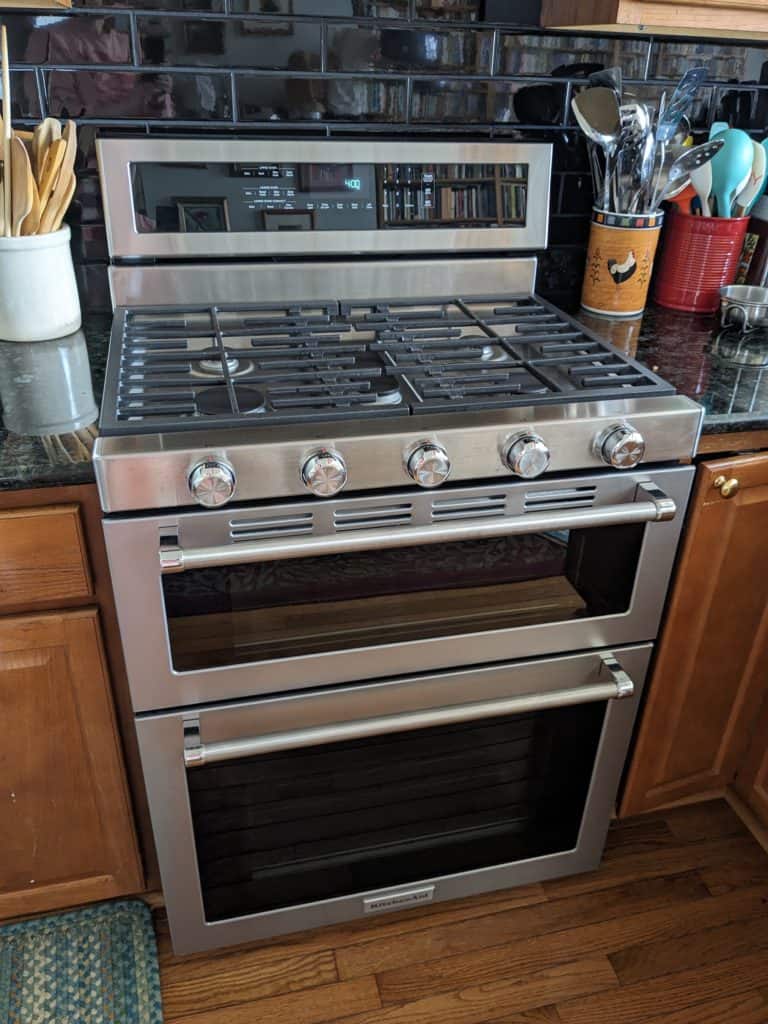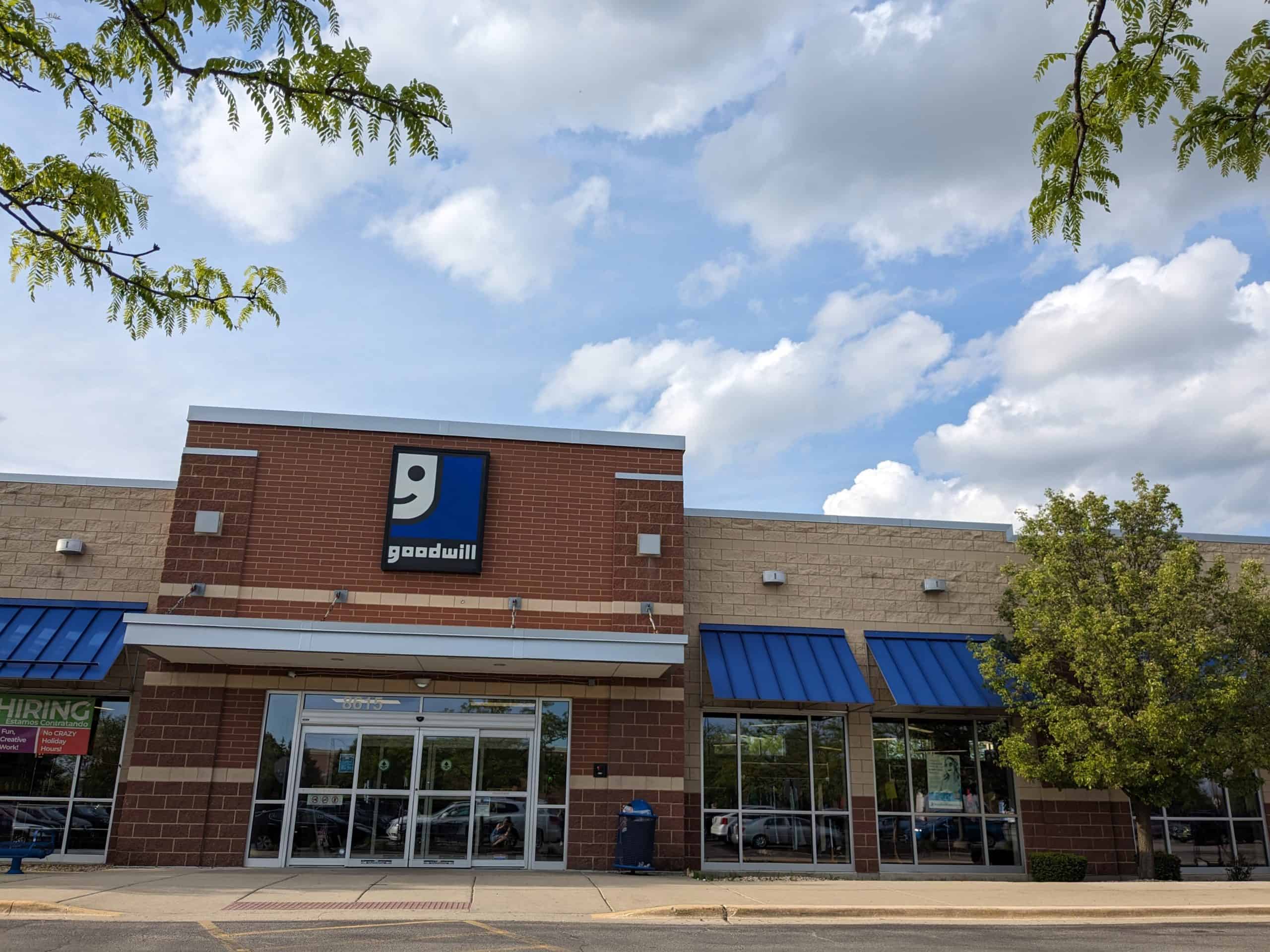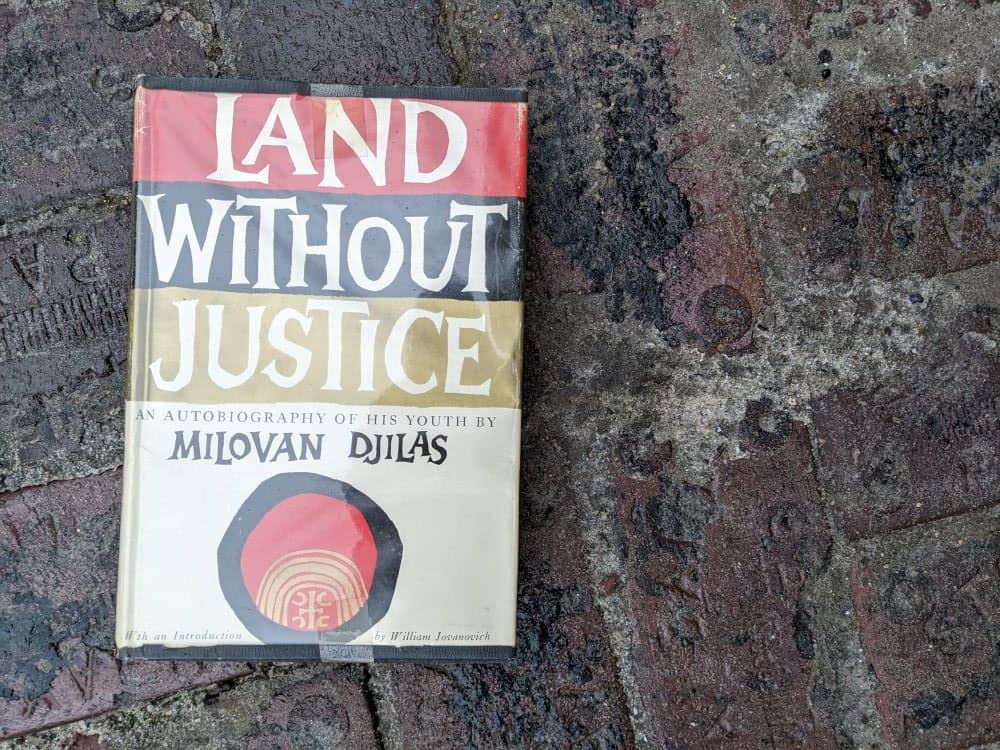The KitchenAid Double Oven’s awful, useless broiler was the primary reason I returned the appliance. I didn’t love the little things about the cooker, either.
I didn’t Like the Grates
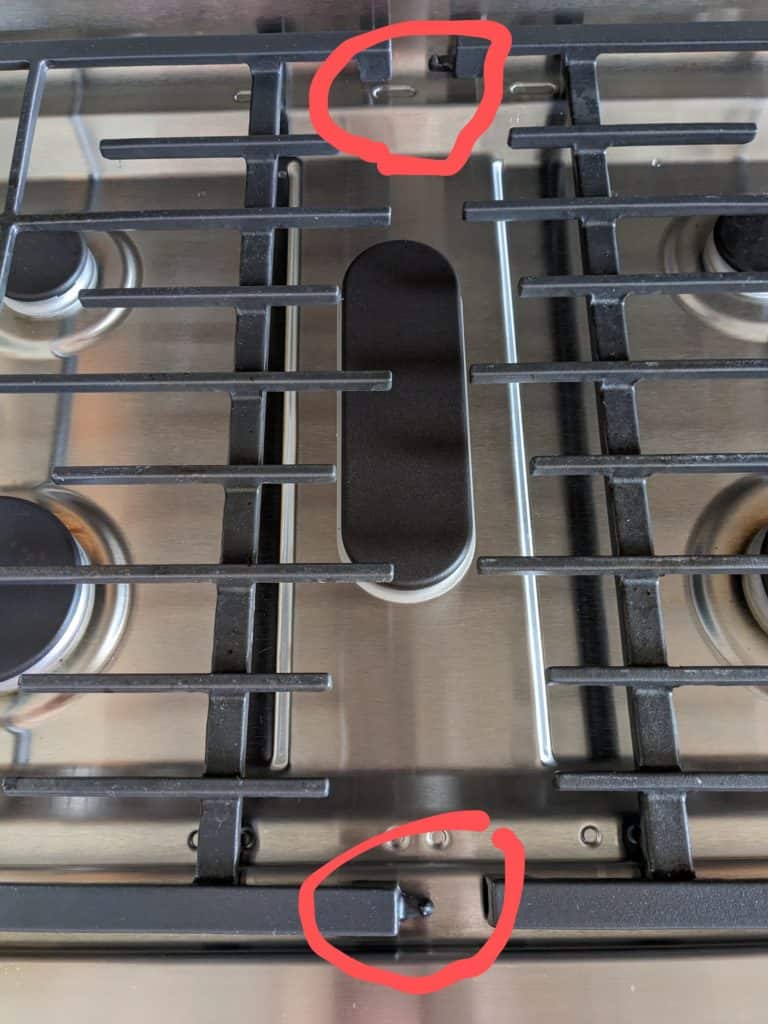
The first thing I noticed about the KitchenAid Double Oven on display in the store was that its stainless-steel top was scratched to hell near all contact points of the grates. I immediately suspected the grate was, in some crucial way, difficult to handle. Hell yes it is!
The range has just two grates, as opposed to the traditional three. The two meet in the middle with the hooks you see in the photo. They’re kind of like a “hook-and-eye” latch, in which the hook slips into an “eye”/slot on the underside of the opposing grate. And because they’re mirror images of each other, both sides of the grate have to be picked up at the same time in order to remove the grates without one dragging the other across the stainless steel surface.
It’s like a mini puzzle every time you want to clean the range!
Every time I wiped the stovetop (after pretty much every meal) I picked up both sides of the grate. Even if I had taken the time to separate (and then later re-engage) the hook-and-eye latches, I really didn’t have space on my countertops for these gigantic grate halves. They were much, much bigger than the three grates on an ordinary range. The easiest thing to do was to squat down to set the entire grate on my kitchen floor. That way, I didn’t have to mess with the hooks-and-eyes, and I didn’t have to clear appliances off the countertop to lay down the grates.
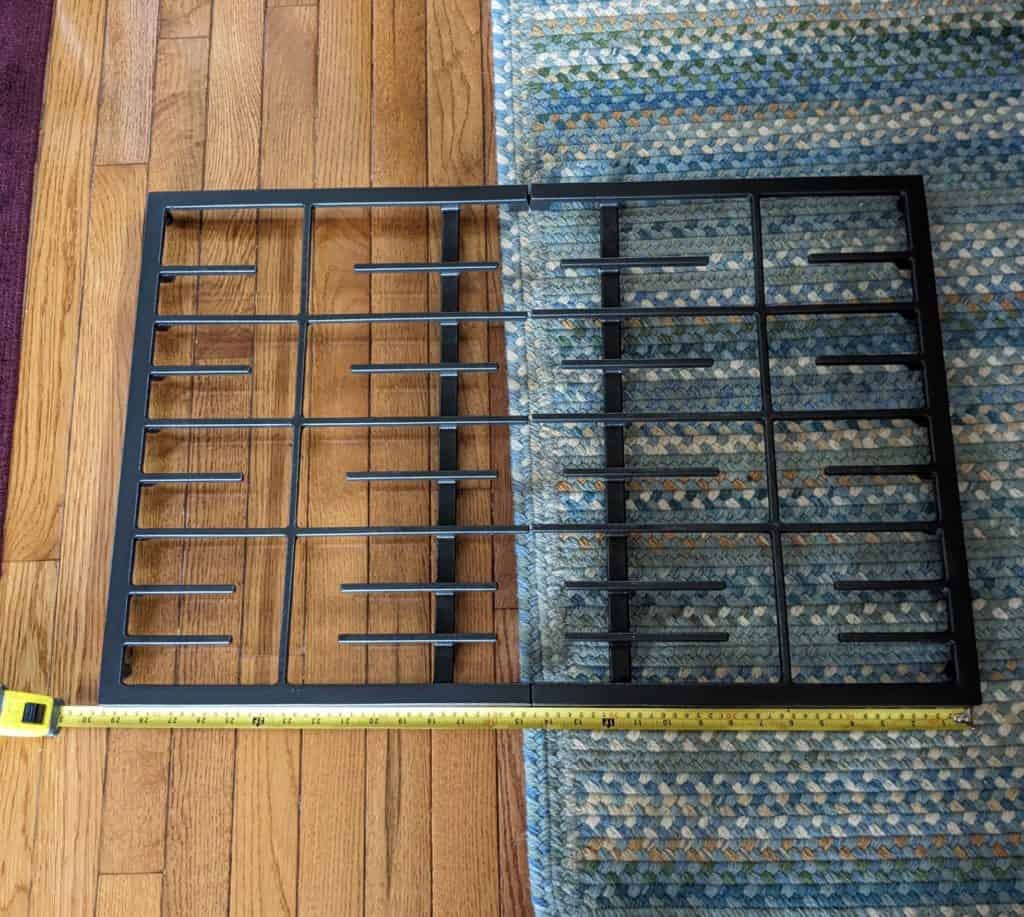
After I had called the store and scheduled the return of my KitchenAid Double Oven, I decided to try an experiment. My husband had never once attempted to clean this range. That made an unbiased subject. I asked him to please lift the grates. Immediately he put a monster scratch on the range top. He continue to struggle, lifting one side, then trying the other. He could not figure out what was going on. It was hilarious watching him, but I decided to stop him before he left the stainless steel in deplorable condition.
My grates also felt fairly uneven, as if they’d sagged during the casting process. The area over the upper-left burner seemed particularly saggy, and there, my pots would even rock on the grate. I think that even in my photograph you can see that things don’t look level. Unfortunately, I didn’t think to hold up a straightedge and snap a couple photos before the KitchenAid Double Oven went back to the store.
I Didn’t Like the Large Stainless-Steel Knob Hub in the Front

Pictured here is the lefthand corner of the KitchenAid Double Oven. (You can see the end of the handle in the bottom of the photo.) On most ranges, both the left and right sides are completely flat. On the KitchenAid Double Oven, however, the bulky stainless-steel corners on front of the range, where the knobs are, extend past the sides of the range. That ensures the range never sits flush with any given countertop. It makes the dreadful gap through which food falls and sauce drips even larger than it needs to be.
Of course, the amount of extra space on either side of a range may be different in any given kitchen. I deliberately did not photograph the gap on the other side of my KitchenAid double oven, which was actually screamingly huge. I didn’t want people seeing the image to think, “Oh, that’s just because the space for the range in her kitchen is a centimeter or two too large!” Instead I photographed this side, where the corner was actually pushed flush to the countertop, to clearly show that even if your KitchenAid Double Range’s corners could be installed flush in a precision-built space, there would still be a nasty gap. The sides of this cooker aren’t flat.
Gap aside, I disliked the knob-hub itself. It always got very hot, even hot enough to burn somebody. It seemed to take away from the actual space on top of the range, too.

